Babylon and Medo-Persia
In Luke 21:24 Jesus Christ referred to “the times of the Gentiles,” when the Gentiles would be the dominant power in the world and Israel would be at the mercy of or dependent upon that power.
The Book of Daniel records significant revelations concerning the times of the Gentiles. God gave those revelations mainly through two dreams, one to King Nebuchadnezzar of Babylon (Dan. 2) and the other to the Prophet Daniel (Dan. 7). Both dreams foretold the same progression of four major Gentile kingdoms, beginning with Babylon, the great power when both dreams were received, and ending with a revived form of the Roman Empire, which will be destroyed by the Messiah at His Second Coming. Thus, both dreams indicated that the times of the Gentiles would cover the great span of time from Babylon to the Second Coming of the Messiah.
In Nebuchadnezzar’s dream God portrayed the times of the Gentiles in the form of a huge image, apparently human in appearance. In Daniel’s dream the Lord presented the same Gentile dominion in the form of four different great beasts that came up in succession from a storm-tossed sea.
THE FIRST GENTILE KINGDOM: BABYLON
When Daniel came before Nebuchadnezzar to relate the content and meaning of the king’s dream, he indicated that the image portrayed the progression of four kingdoms (2:36–43). In the interpretation, Daniel began with the head of gold at the top of the image and moved downward to the feet. This downward movement represented the passage of time. Thus, the upper parts of the image portrayed earlier history, and the lower parts represented later history.
In interpreting the head of gold, Daniel said to Nebuchadnezzar, “Thou art this head of gold. And after thee shall arise another kingdom” (vv. 38–39). Thus, the head of gold represented both the Babylonian kingdom and its great king.1 It is evident, then, that Babylon was the first great kingdom in this portrayal of the times of the Gentiles.
God chose gold to represent Babylon for two reasons. First, Marduk, the chief god of Babylon, was called the god of gold.2 Second, Babylon used gold extensively in its buildings, images, and shrines. Herodotus, the famous Greek historian who visited Babylon 90 years after the era of Nebuchadnezzar, was astonished at the amount of gold there. Even walls and buildings were overlaid with gold.3
In his dream (ch. 7) Daniel saw the four winds of heaven stir up the great sea into a chaotic state. Since this was a dream, all that Daniel saw was symbolic. In the Bible, the sea is used symbolically to represent the world of nations (Isa. 17:12–13; Rev. 17:1, 15).4 Thus, this storm-tossed sea represented the world of nations in turmoil, meaning that the four great beasts that came up successively from the sea represented four great Gentile kingdoms.
The first beast was a lion with eagle’s wings. This represented the Kingdom of Babylon and corresponded to the head of gold of the image of Nebuchadnezzar’s dream. Winged lions were probably the unofficial national symbol of ancient Babylon. Sculptures of huge winged lions stood at the entrances of Babylonian royal palaces.5 The Bible compared Nebuchadnezzar, the greatest king of Babylon, to a lion (Jer. 50:17) and an eagle (Ezek. 17:3). Lions and eagles are regarded as the kings of beasts and fowl, and wings often signify swiftness of movement. Thus, a winged lion was a fitting representation of Babylon in its swift conquest of many peoples as it made itself the king of nations during the first part of Nebuchadnezzar’s reign (Hab. 1:6–10).
As Daniel watched the lion, its wings eventually were plucked off, it was made to stand on its hind feet like a human being, and it was given a human heart. This recalled the time when, after Nebuchadnezzar had been humbled by God (Dan. 4), he and his kingdom stopped conquering and became more humane in their treatment of subjects.
Because Judah persistently rebelled against God and refused to heed His warnings through His prophets, God purposely raised up Nebuchadnezzar and the kingdom of Babylon and made them very strong (Dan. 2:37–38) in order to use them as His chastening rod to teach His people a lasting lesson about rebellion against Him (Jer. 25:1–11; 2 Chr. 36:10–21). That lesson was taught through Babylon’s conquest of Judah, the destruction of Jerusalem and the Temple, and captivity of the Jews in Babylon for 70 years.
THE SECOND GENTILE KINGDOM: MEDO-PERSIA
After interpreting the head of gold of the image in Nebuchadnezzar’s dream, Daniel stated that another kingdom would come after Nebuchadnezzar’s Babylon (2:39). Historically, Babylon was succeeded by Medo-Persia. God’s prophetic portrayal of this second Gentile kingdom as two arms coming together to form one breast on the image (v. 32) was descriptive of two distinct peoples—the Medes and the Persians—who were united together in 550 BC under the same king to form one great power.6
The breast and arms of silver were a fitting representation of the Medo-Persian kingdom because, in ancient times, silver was used as money and was the standard of value and medium of exchange. Medo-Persia became noted for basing its power on money, which was collected through an extensive tax system (Ezra 4:13; Dan. 11:2).7
Daniel stated that Medo-Persia would be inferior to Babylon (2:39). It was not inferior in military strength, for it conquered Babylon. Nor was it inferior in size, for Medo-Persia became a much larger kingdom than Babylon. But it was inferior in one respect: Because it was a partnership kingdom, it lacked the absolute unity that Babylon enjoyed.8
In Daniel’s dream God portrayed Medo-Persia in the form of a bear (Dan. 7:5), the second beast to come up from the storm-tossed sea. It was parallel to the arms and breast of silver of the image in chapter 2. Just as a bear is more massive in size but slower moving than a lion, so Medo-Persia became a much larger kingdom than Babylon, and the Medo-Persian army was noted for its huge size but slower movements.9
The bear had one side raised higher than the other. It is a fact of history that through time the Persians gained the ascendancy of authority and power over their partner, the Medes.
The bear had three ribs in its mouth. These probably represented Lydia, Babylon, and Egypt, three other great kingdoms conquered by Medo-Persia.10 The bear was told to devour even more. Medo-Persia was noted for its insatiable desire to conquer more, and it even tried to conquer Greece in Europe.
These prophecies concerning Medo-Persia were fulfilled when Medo-Persia conquered Babylon in 539 B.C. (Dan. 5)11
Daniel recorded another prophetic vision (8:1–4) of a two-horned ram standing before the Ulai Canal of Susa, the chief capital of Medo-Persia.12 The ram represented Medo-Persia (8:20) and corresponded to the arms and breast of silver (Dan. 2) and to the bear (Dan. 7). The ram was an accurate representation of Medo-Persia because in the Bundehesch (a Persian religious book) the guardian spirit of that kingdom was portrayed in the form of a ram with sharp pointed horns, and the Persian king wore a ram’s head on his head when he stood before his army.13
The two horns of the ram (representing Media and Persia) were long. The horn that rose later became longer than the other. Media was a powerful kingdom before Persia became powerful; however, after they formed their partnership kingdom, Persia dominated Media.
The ram butted toward the west, north, and south, overpowering other animals at will and exalting itself. Coming from the east, Medo-Persia conquered primarily toward the west (Babylon, Syria, Asia Minor), north (Armenia, regions around the Caspian Sea), and south (Egypt, Ethiopia).14 Its massive army overwhelmed many kingdoms until it became the largest kingdom up to that point in time.
Cyrus was the head king of Medo-Persia and conquered Babylon. Daniel was told that after Cyrus there would be four more Medo-Persian kings (11:2). The first three were Cambyses (529–522 BC), Pseudo-Smerdis (522–521 BC), and Darius I Hystaspes (521–486 B.C.). The fourth successor, Xerxes I (486–465 BC), was to be far richer than the others, and by his strength through his riches, he launched a massive attack against Greece. Over a four-year period, Xerxes amassed great wealth and prepared a huge army to invade Greece in 480 BC.15 That expedition ended in disaster for Medo-Persia.
God raised up Medo-Persia, made it a great power, and enabled it to conquer Babylon in order to end the Babylonian captivity of the Jews, return them to their homeland, and rebuild Jerusalem and the Temple (Isa. 44:28). In 538 BC, King Cyrus ended the Babylonian captivity of the Jews and permitted them to return home to begin rebuilding (2 Chr. 36:22–23; Ezra 1–2).16
Satan used Medo-Persia as a tool to try to annihilate the nation of Israel. Haman, a wicked high official of that kingdom, persuaded a Medo-Persian king to decree that all the Jews be killed in one day (Est. 3:8–13). Apparently Haman was influenced by “the prince of the kingdom of Persia,” a high-ranking evil angel assigned by Satan to influence Medo-Persia against Israel (Dan. 10:13, 20).
Satan wanted Israel destroyed because the Messiah, whose coming and work would be the key to God’s crushing him (Gen. 3:15; 1 Jn. 3:8), was to be born through that nation (Gen. 12:2–3; Mic. 5:2). Thus, Satan tried to annihilate Israel through Medo-Persia in order to prevent the Messiah from coming. In the providence of God, the Medo-Persian king authorized a later decree permitting the Jews to defend themselves against their attackers (Est. 8:19–9:16). As a result, Israel was spared annihilation, and each year since that time the Jews have observed the Feast of Purim to celebrate this deliverance in Medo-Persia (Est. 9:17–28).
ENDNOTE
- Edward J. Young, The Prophecy of Daniel (Grand Rapids, MI: Wm. B. Eerdmans Publishing Company, 1970), 74.
- Charles Boutflower, In and Around the Book of Daniel (Grand Rapids, MI: Zondervan Publishing House, 1963), 34.
- Ibid., 25-26.
- Young, The Prophecy of Daniel, 143.
- H. C. Leupold, Exposition of Daniel (Grand Rapids, MI: Baker Book House, 1949), 288-89.
- Ibid., 117.
- Boutflower, In and Around the Book of Daniel, 26-28.
- C. F. Keil, Biblical Commentary on the Book of Daniel (Grand Rapids, MI: Wm. B. Eerdmans Publishing Company, 1959), 106.
- Leon Wood, A Commentary on Daniel (Grand Rapids, MI: Zondervan Publishing House, 1973), 183.
- Young, The Prophecy of Daniel, 145.
- Boutflower, In and Around the Book of Daniel, xvi.
- Young, The Prophecy of Daniel, 166-67.
- Keil, Biblical Commentary on the Book of Daniel, 290.
- Young, The Prophecy of Daniel, 168.
- John F. Walvoord, Daniel (Chicago, IL: Moody Press, 1971), 256.
- A. T. Olmstead, History of the Persian Empire (Chicago, IL: The University of Chicago Press, 1959), 57.
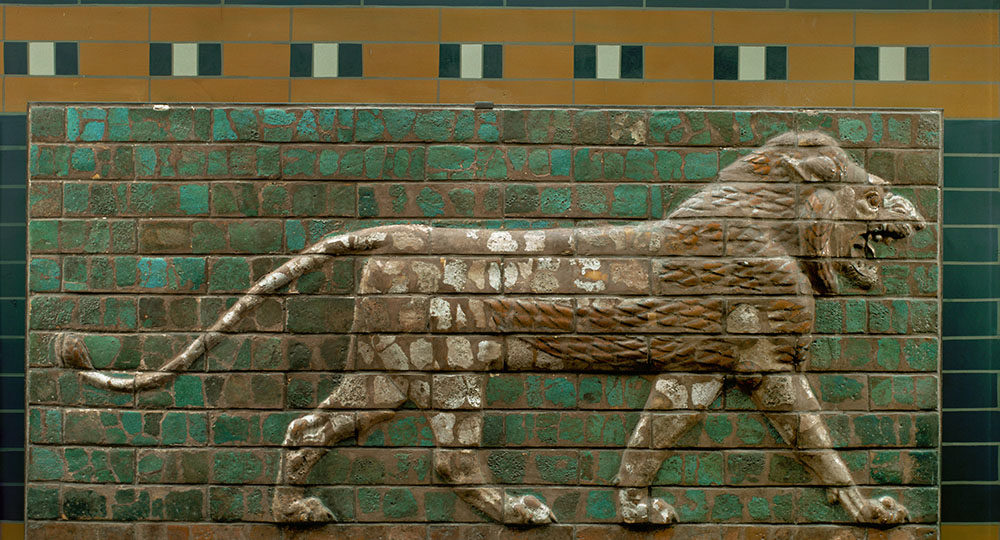
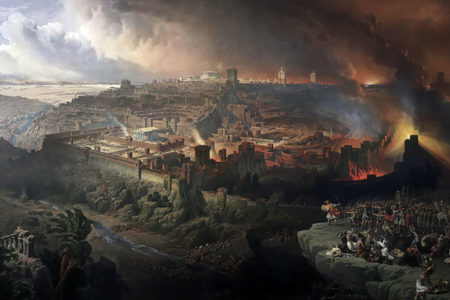

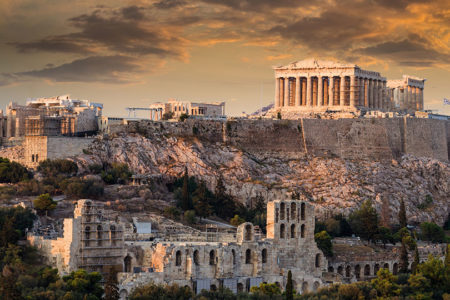
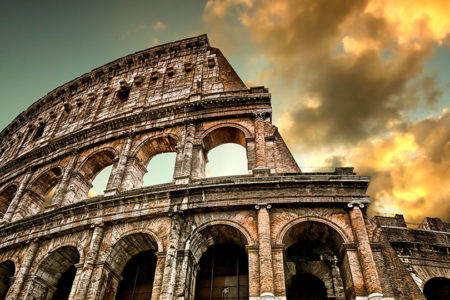
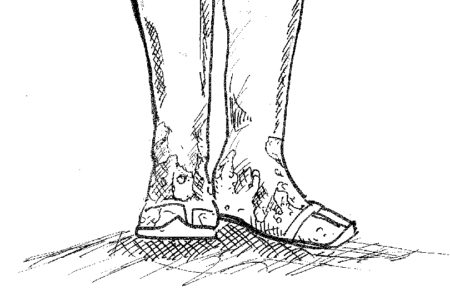



Look up Jeremiah 50. United States is the modern Babylon that would be destroyed by “arrows” (aka nuclear missiles). Russia will destroy United States in the end times. Russia is that nation located from the “north”
😇🗯WOW PRAISE THE LORD!!! I can vouch for that, I came to the same conclusion.✍️
This has greatly helped my research. Blessings❤️
Loved this insightful article! Thanks for publishing it. It will help me with the Ladies Bible study I am teaching on Isaiah.
Amen I am enlightened by this teaching, thank yo so much I wish to learn more from you about Daniel and revelation. Amen
Great prophetic insight!!!